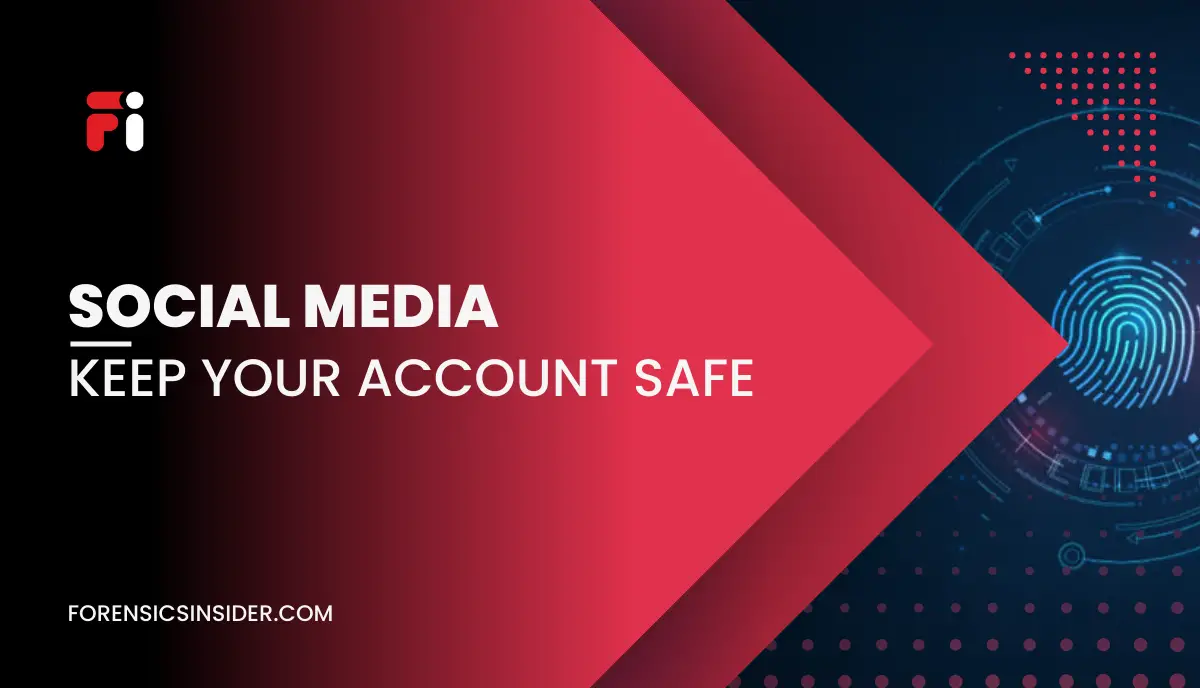Are you a social media account user? Do you know how to keep social media account safe?
The number of people using social media on a daily basis is growing all around the globe. Brand marketing, interacting with friends, self-promotion, and other factors may all be factors. Almost all social media sites are now accessible through mobile devices, making them more convenient for people to use.
Is Social Media Account Safety is Necessary?
According to the 2019 Emarsys statistics report, over 3.5 billion people utilize social media worldwide, accounting for 45 percent of the global population. With such a large user base, hackers may easily get access to your personal information and use it against you. If you don’t want your online life to be disrupted, it’s critical to understand how to protect social media accounts.
Please do not click on any random link sent through text message
Sending you malicious links is one of the most frequent ways for hackers to get access to your account. Because scamming on social sites is common, learn how to prevent becoming a victim of one. Online emailed links may include viruses that may harm your computer or direct you to a website that will steal your personal information and use it to defraud you. As a result, avoid clicking on these kinds of links since they are almost always phishing scams.
Keep your Contact Information Handy Private
Hackers are mostly interested in obtaining data from your social media accounts. These information may be used in a phishing scam or to steal your identity. Make your personal information, particularly your phone number, secret to prevent these kinds of criminal actions. On a social networking site like Facebook, you may also keep your pictures private to keep social media safe
Create a Two-Factor Authentication System to Keep our Social Media Account Safe
Two-factor authentication is a technique for verifying a user’s identification by combining two distinct elements. User authentication using One Time Password is a typical example of this technique (OTP). Using Two-Factor Authentication, such as an OTP or a security pin, can assist to secure your social network accounts. Additionally, extra security questions make it simple to restore your account if you forget your password or user ID.
Make Use of a Password Manager to Keep Social Media Safe
Guessing your password is the simplest and quickest way for a cybercriminal to get access to your social media account. According to a Microsoft study, stolen user passwords and usernames are responsible for almost 63 percent of network intrusions. People utilize a variety of social media platforms and accounts for a variety of reasons. Despite the fact that password security is a fundamental step in cybersecurity, few individuals pay attention to it. Your social media account’s security is jeopardized if your password is weak. Using the same password for several accounts is also a bad idea.
Password security is the primary emphasis of ethical hacking training. For each social media account, create a unique and secure password. If you’re having trouble remembering multiple accounts and passwords, change your password on a regular basis and use a password manager. For further protection, link separate email accounts for various social networking platforms.
When Sharing Posts, do not Include a Location Tag
When we submit a photo or any other kind of post to social media sites like Twitter, Instagram, or Facebook, we automatically tag the location. It is suggest that you do not use a geolocation tag in your articles. Keep your phone camera’s location tab turned off, and be sure to turn off your device’s location when you submit a post. When installing an app, be careful about which apps you provide location access too. To keep social media safe by not providing location details.
Keep an Eye out for Unusual Account Activity
Keep an eye on your social media account’s activities from time to time and take quick action if you see anything out of the ordinary. If you’re leaving a social networking site, don’t leave any accounts unattended; always delete them. Emails are the greatest method to keep track of account activity, so make sure you get all notifications, particularly those related to login actions, in your inbox.
Last But not Least
Attacks on social media are becoming more common. As a result, they must be used with caution and knowledge of internet security measures obtained via ethical hacking training courses. That was a list of easy techniques that take little time to apply and keep you secure online by preventing social media assaults.





